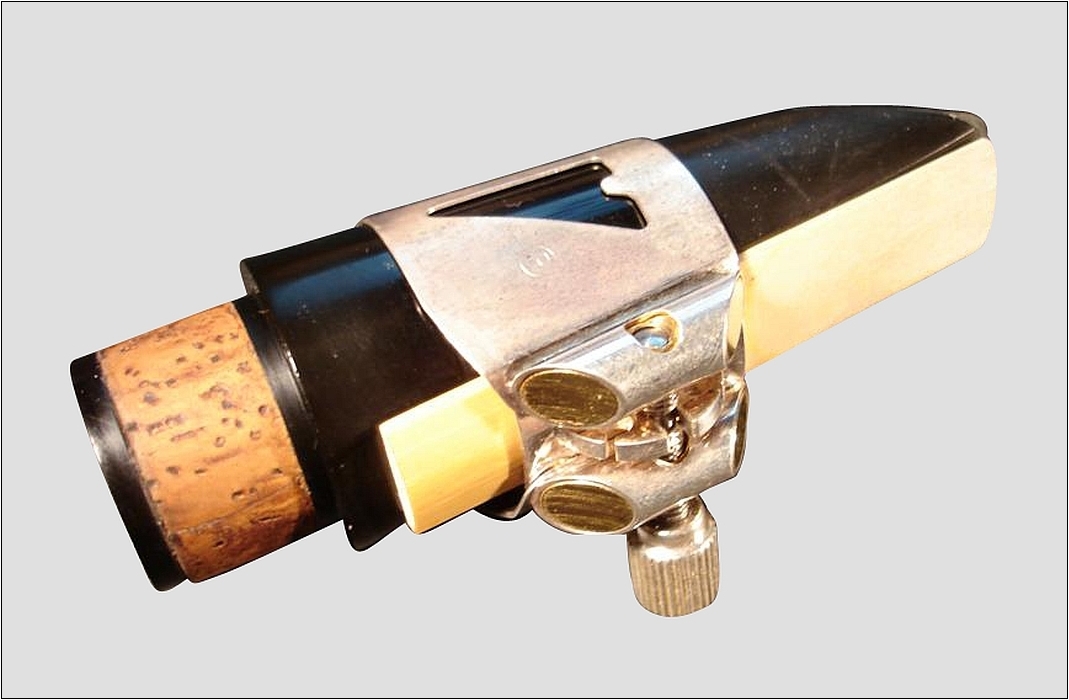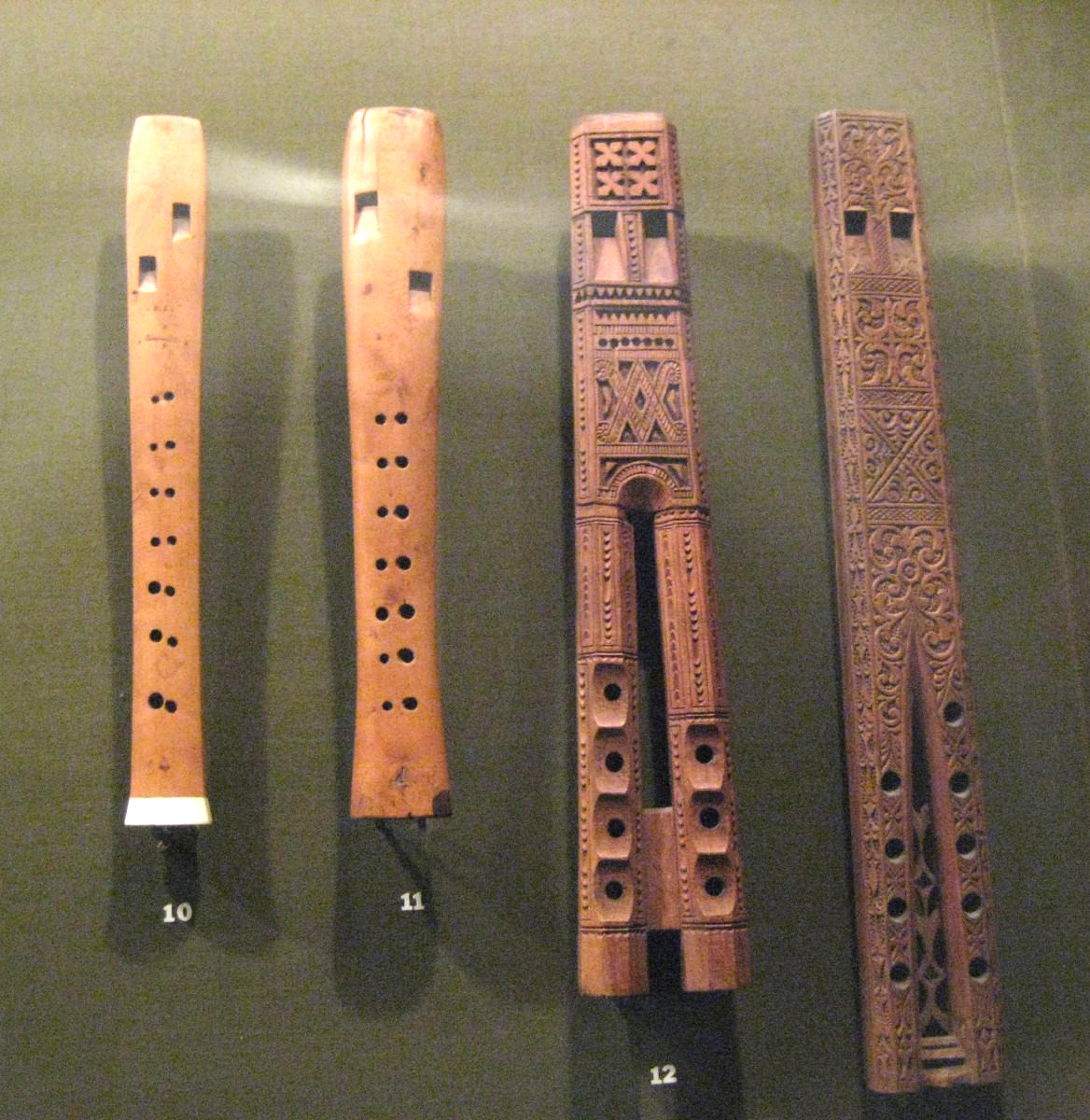|
Mijwiz
The ''mijwiz'' ( ar, , DIN: ''miǧwiz'') is a traditional Middle East musical instrument popular in Palestine, Lebanon, Jordan and Syria. Its name in Arabic means "dual," because of its consisting of two, short, bamboo pipes with reed tips put together, making the mijwiz a double-pipe, single-reed woodwind instrument. Background The mijwiz consists of two pipes of equal length; each pipe has around five or six small holes for fingering. It requires a special playing technique known as "circular breathing," which is tricky but produces a continuous tone, without pausing to take a breath. The mijwiz is played in the Levant as an accompaniment to either belly dancing or dabke, the folkloric line dance of the Levant. The mijwiz is most popular today in the Levant (Palestine, Lebanon, Syria and Jordan. Many popular folk songs either include the mijwiz on recordings, or include the instrument's name in the song's lyrics. One example is the famous Lebanese dabke song "Jeeb el ... [...More Info...] [...Related Items...] OR: [Wikipedia] [Google] [Baidu] |
Mijwiz
The ''mijwiz'' ( ar, , DIN: ''miǧwiz'') is a traditional Middle East musical instrument popular in Palestine, Lebanon, Jordan and Syria. Its name in Arabic means "dual," because of its consisting of two, short, bamboo pipes with reed tips put together, making the mijwiz a double-pipe, single-reed woodwind instrument. Background The mijwiz consists of two pipes of equal length; each pipe has around five or six small holes for fingering. It requires a special playing technique known as "circular breathing," which is tricky but produces a continuous tone, without pausing to take a breath. The mijwiz is played in the Levant as an accompaniment to either belly dancing or dabke, the folkloric line dance of the Levant. The mijwiz is most popular today in the Levant (Palestine, Lebanon, Syria and Jordan. Many popular folk songs either include the mijwiz on recordings, or include the instrument's name in the song's lyrics. One example is the famous Lebanese dabke song "Jeeb el ... [...More Info...] [...Related Items...] OR: [Wikipedia] [Google] [Baidu] |
Single-reed Instrument
A single-reed instrument is a woodwind instrument that uses only one reed to produce sound. The very earliest single-reed instruments were documented in ancient Egypt, as well as the Middle East, Greece, and the Roman Empire. The earliest types of single-reed instruments used idioglottal reeds, where the vibrating reed is a tongue cut and shaped on the tube of cane. Much later, single-reed instruments started using heteroglottal reeds, where a reed is cut and separated from the tube of cane and attached to a mouthpiece of some sort. By contrast, in a double reed instrument (such as the oboe and bassoon), there is no mouthpiece; the two parts of the reed vibrate against one another. Reeds are traditionally made of cane and produce sound when air is blown across or through them. The type of instruments that use a single reed are clarinets and saxophone. The timbre of a single and double reed instrument is related to the harmonic series caused by the shape of the corpus. E.g. the ... [...More Info...] [...Related Items...] OR: [Wikipedia] [Google] [Baidu] |
Dabke
''Dabke'' ( ar, دبكة also spelled ''dabka'', ''dubki'', ''dabkeh'', plural ''dabkaat'') is a Levantine Arab folk dance. Dabke combines circle dance and line dancing and is widely performed at weddings and other joyous occasions. The line forms from right to left and leader of the ''dabke'' heads the line, alternating between facing the audience and the other dancers. In English, it can be transcribed as ''dabka'', ''dabki'', ''dabkeh''. Etymology and history The etymology of 'dabke' is uncertain but is thought to be derived from the Levantine Arabic word ''dabaka'' ( ar, دبكة) meaning "stamping of the feet" or "to make a noise". The dabkeh jumps may have originated in ancient Canaanite fertility rituals related to agriculture, chasing off evil spirits and protecting young plants. According to Lebanese historian Youssef Ibrahim Yazbec, the dabke descends from Phoenician dances thousands of years old. Another theory is that stomping part of dabke started out as a way ... [...More Info...] [...Related Items...] OR: [Wikipedia] [Google] [Baidu] |
Single-reed Instruments
A single-reed instrument is a woodwind instrument that uses only one reed to produce sound. The very earliest single-reed instruments were documented in ancient Egypt, as well as the Middle East, Greece, and the Roman Empire. The earliest types of single-reed instruments used idioglottal reeds, where the vibrating reed is a tongue cut and shaped on the tube of cane. Much later, single-reed instruments started using heteroglottal reeds, where a reed is cut and separated from the tube of cane and attached to a mouthpiece of some sort. By contrast, in a double reed instrument (such as the oboe and bassoon), there is no mouthpiece; the two parts of the reed vibrate against one another. Reeds are traditionally made of cane and produce sound when air is blown across or through them. The type of instruments that use a single reed are clarinets and saxophone. The timbre of a single and double reed instrument is related to the harmonic series caused by the shape of the corpus. E.g. th ... [...More Info...] [...Related Items...] OR: [Wikipedia] [Google] [Baidu] |
Circular Breathing
Circular breathing is a technique used by players of some wind instruments to produce a continuous tone without interruption. It is accomplished by breathing through the nose while simultaneously pushing air through the mouth using air stored in the cheeks. History The technique was developed independently by several cultures and is used for many traditional wind instruments. In the 13th century, Mongolian metalsmiths who specialized in gold and silver used circular breathing techniques for crafting various decorative and ornamental items. In crafting such items, craftsmen were required to blow continuously to the flame through a pipe with a needle-like hole to make the hard metal melt or soften. From that necessity, craftsmen mastered a circular cycle of breathing by simultaneously inhaling through their noses while they blew without any pauses. The introduction of the circular breathing technique in the art of ancient windplayers was a productive invention in its performin ... [...More Info...] [...Related Items...] OR: [Wikipedia] [Google] [Baidu] |
Double Flute
The ''double flute'' is an ancient category of wind instrument, a set of flutes that falls under more than one modern category in the Hornbostel Sachs system of musical instrument classification. The flutes may be double because they have parallel pipes that are connected with a single duct. They may be "double vertical flutes" without a duct. There is also a double-transverse flutes. Double flutes are not the same as double pipes, which are reed instruments. Background Flutes use resonant pipes to make their sound, whereas pipes use vibrating reeds. The sounding mechanisms for the two types of instrument are different. Double flutes can be divided into instruments that consist of a melody pipe matched with a drone pipe, and chord flutes in which the instruments can play the same melody at the same time in two different pitches. Some forms of double flute include: * some types of Native American flutes * the Serbian dvojnice, can be either a flute or a reed pipe. * the Bulg ... [...More Info...] [...Related Items...] OR: [Wikipedia] [Google] [Baidu] |
Mizwad
The mizwad (mezoued, mizwid) (Tunisian Arabic : مِزْود; plural مَزاود mazāwid, literally "sack," “bag,” or “food pouch”) is a type of bagpipes played in Tunisia, . The instrument consists of a skin bag made from ewe's leather, with a joined double- chanter, terminating in two cow horns, similar to a hornpipe (instrument).This instrument is played with a single-reed. The ethnomusicologist Anthony Baines stated that the term "zukra" is also used for this instrument, however, bagpipe enthusiast, Oliver Seeler, states that this connection is incorrect. While the Zukra may be similar, it is not the same, It is instead a wind instrument in Libya, which is similar to the mizwadSeeler, Oliver.MEZOUED. Accessed 23 May 2012. though not the same. Mizwad is a popular type of traditional music in Tunisia which incorporates a type of Tunisian drum called the Darbouka as well as the Mizwad. This music was originally considered the music of the countryside and the work ... [...More Info...] [...Related Items...] OR: [Wikipedia] [Google] [Baidu] |





